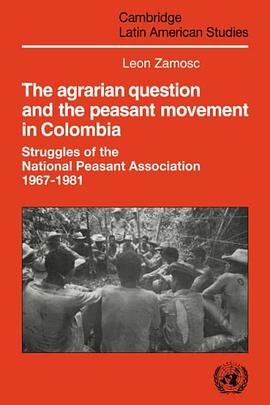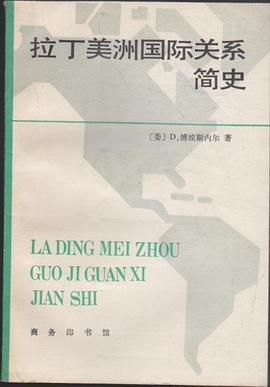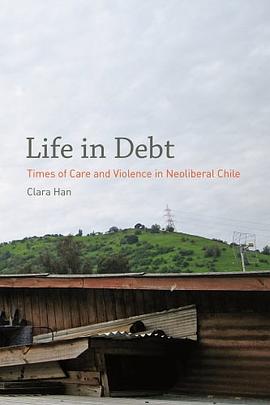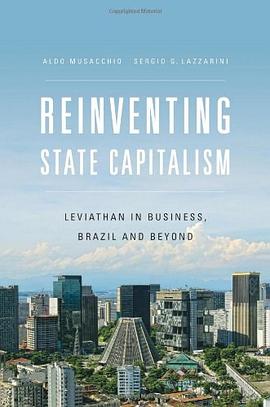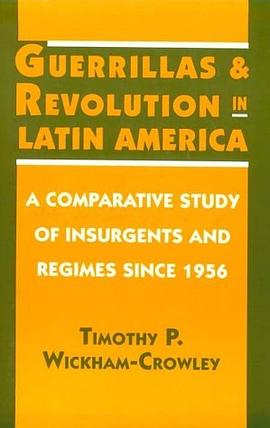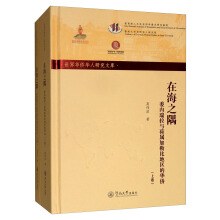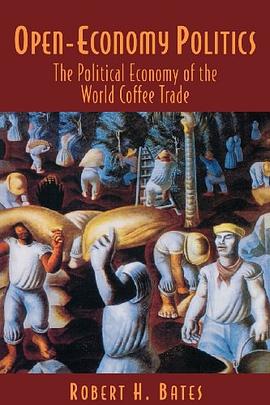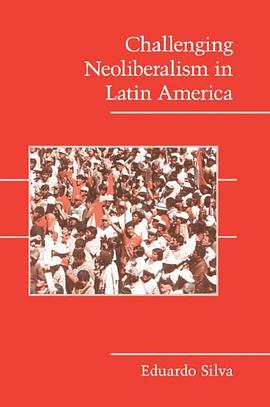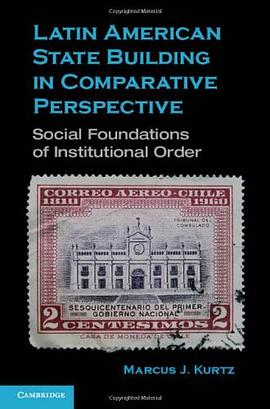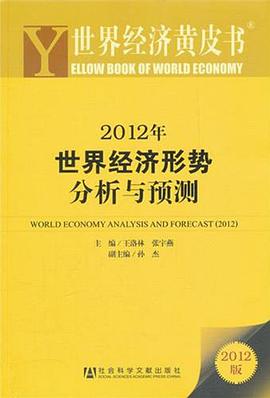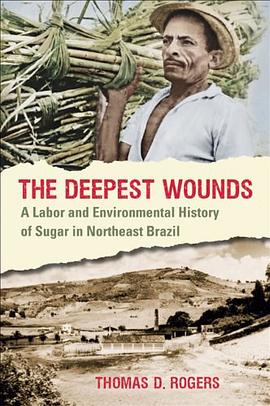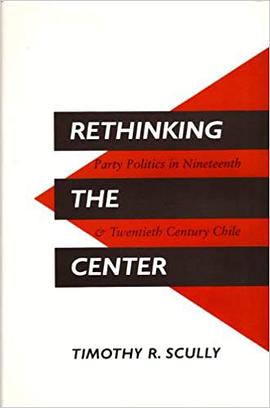

From their beginnings in the mid-nineteenth century through the 1980's, political parties in Chile have displayed three discrete ideological tendencies, with two at opposite ends of the political spectrum and at least one in the center. This tripartite distribution made Chile's party system unlike any other in Latin America. How did Chile's distinctive system evolve? This book finds the answer in how three basic social cleavages--religious, urban, and rural--became polarized at three periods of "critical juncture."
Clerical-anticlerical conflict gave initial definition to the party system in the period 1857-61, and continued to shape the political arena long after specific issues had receded into the background. Then, between 1920 and 1932, class conflict in the urban and mining enclave sectors forced party elites to respond to the demands of leaders of middle-sector and working groups for increased political and social power. This was the second of what the author calls Chile's "critical junctures" for party formation. The third, occurring in the period 1952-58, saw the spread of working-class politics into the countryside. Crucial here was a shift in the position of the Catholic Church on class conflict, resulting in the emergence of an important Church-inspired center party.
The book compares the behavior of the political center during the three historical periods and suggests a conceptual framework for understanding different types of center parties. The author also addresses certain questions raised by the emergence and behavior of center parties: What were the implications of the presence of a center party for the patterns of party competition? Why did the center emerge and re-emerge at each critical point in the evolution of Chile's party system? Can this be understood in terms of an underlying coalitional logic, or are factors such as leadership, political choice, and historical accident more useful explanations?
Consistent with this focus on the center is a new account of the key role of the Christian Democrats in the reconstitution of party competition in the late 1980's and early 1990's. The author concludes by offering some observations on the probable shape of party politics--and the role of the political center within it--in tomorrow's Chile.
具體描述
讀後感
評分
評分
評分
評分
用戶評價
智利政黨體製中的中間黨 Scully, Timothy Richard. 1989. Cleavages, Critical Junctures, and Party Evolution in Chile: Constituting and Reconstituting the Center. Ph.D. dissertation, University of California, Berkeley.
评分智利政黨體製中的中間黨 Scully, Timothy Richard. 1989. Cleavages, Critical Junctures, and Party Evolution in Chile: Constituting and Reconstituting the Center. Ph.D. dissertation, University of California, Berkeley.
评分智利政黨體製中的中間黨 Scully, Timothy Richard. 1989. Cleavages, Critical Junctures, and Party Evolution in Chile: Constituting and Reconstituting the Center. Ph.D. dissertation, University of California, Berkeley.
评分智利政黨體製中的中間黨 Scully, Timothy Richard. 1989. Cleavages, Critical Junctures, and Party Evolution in Chile: Constituting and Reconstituting the Center. Ph.D. dissertation, University of California, Berkeley.
评分智利政黨體製中的中間黨 Scully, Timothy Richard. 1989. Cleavages, Critical Junctures, and Party Evolution in Chile: Constituting and Reconstituting the Center. Ph.D. dissertation, University of California, Berkeley.
相關圖書
本站所有內容均為互聯網搜索引擎提供的公開搜索信息,本站不存儲任何數據與內容,任何內容與數據均與本站無關,如有需要請聯繫相關搜索引擎包括但不限於百度,google,bing,sogou 等
© 2025 qciss.net All Rights Reserved. 小哈圖書下載中心 版权所有

